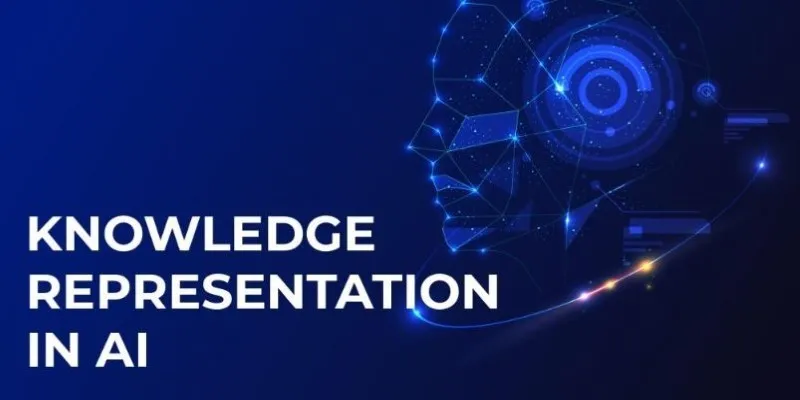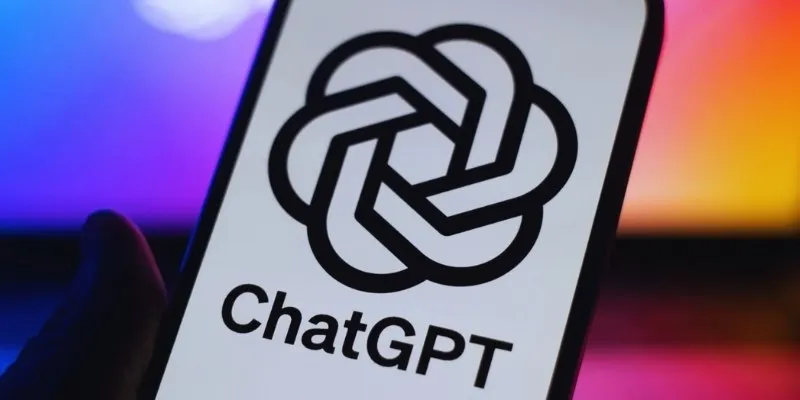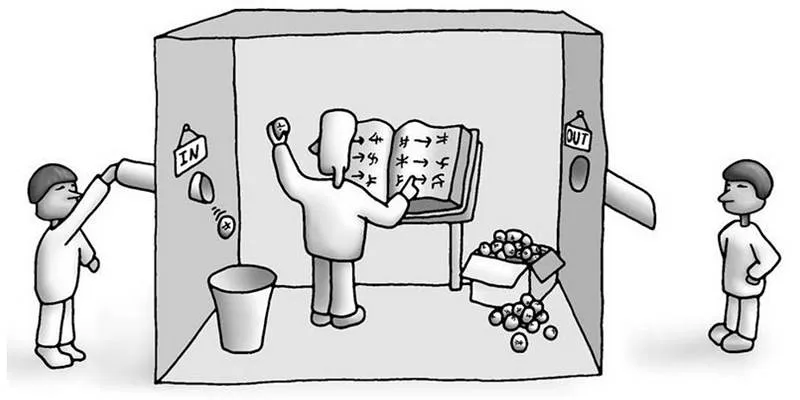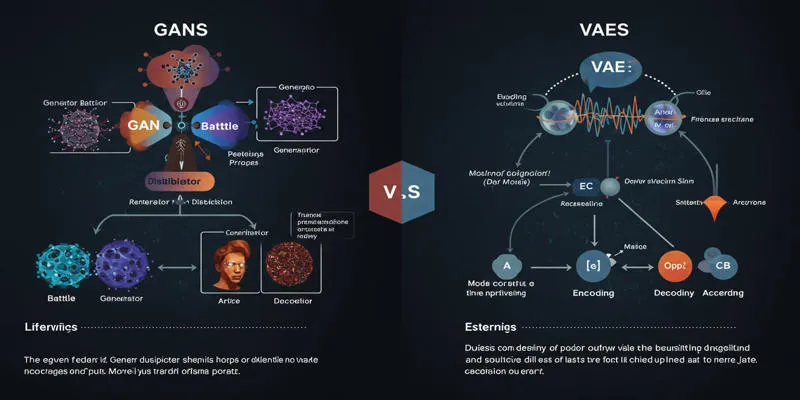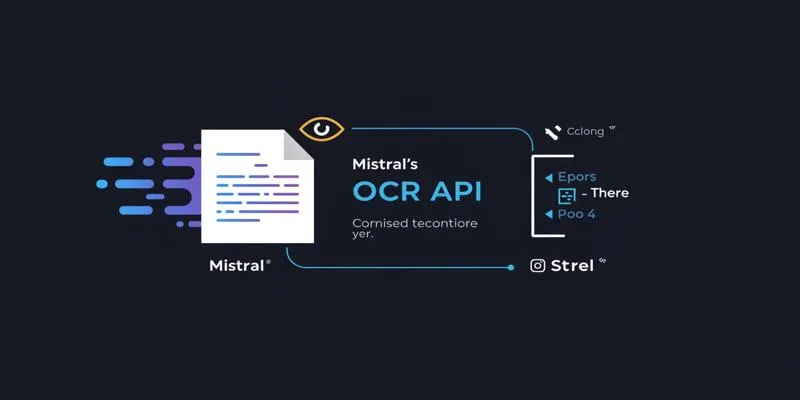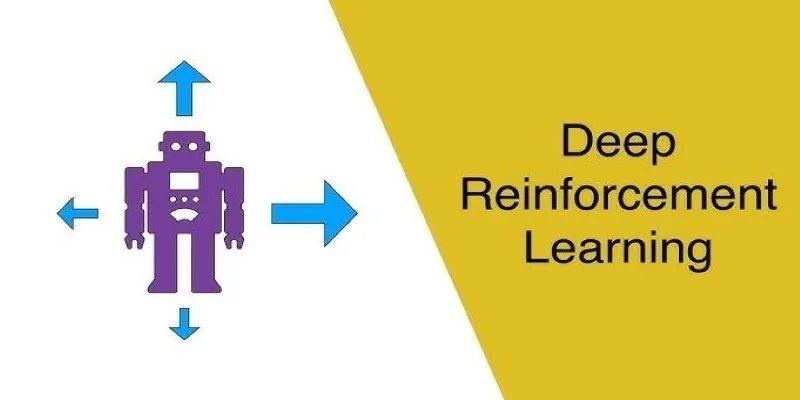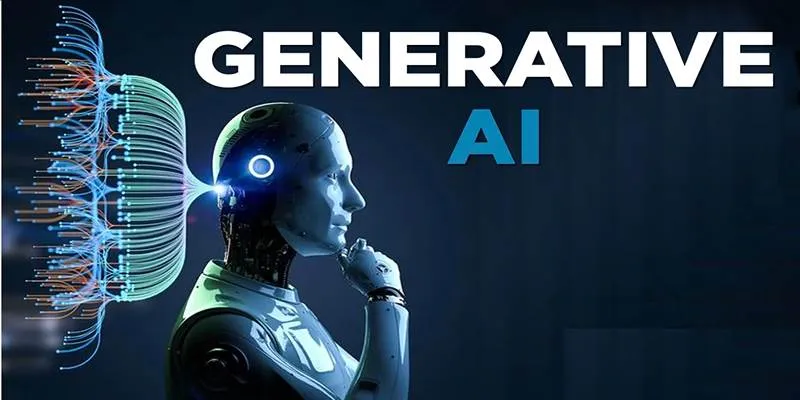Imagine talking to someone who forgets what you said just moments ago. Frustrating, right? That’s exactly how AI behaves when it hits the limits of its context window—the short-term memory that defines how much text it can process at once. This invisible boundary dictates whether an AI can follow a conversation, understand instructions, or summarize long documents.
When the window is too small, details slip away, leading to disjointed or repetitive responses. But with larger windows, AI becomes more coherent and useful. Understanding this concept is key to grasping why AI sometimes “forgets” and how it processes information.
How Tokens Define the Context Window?
Tokens are the basic units of text that AI models process, and they directly impact how the context window functions. Unlike whole words, tokens can be as short as a single letter or as long as a short phrase. For example, the word “understanding” may be broken into multiple tokens, while shorter words may remain intact.
Every AI model has a token limit, which restricts how much text it can analyze at once. Early models had smaller token limits, often a few hundred tokens, making them struggle with long-form content. Modern models, such as GPT-4, can handle significantly more, with some models supporting tens of thousands of tokens. However, no matter how advanced the model is, the context window serves as a limit determining how much to process at a time.
When a discussion or document passes the AI’s token count, the oldest sections of the text are evoked out of memory. This is the reason an AI model can “forget” previous sections unless the user consciously reintroduces important information. Larger context windows mitigate this problem, enabling AI to better remember past inputs.
Why AI “Forgets” Information in Long Conversations?
One of the most common frustrations users face when interacting with AI is its tendency to forget earlier parts of a discussion. This happens because AI does not store permanent memory—once the token limit is exceeded, old text is replaced by new input. Unlike human memory, which allows people to recall past conversations over days or weeks, AI memory resets as soon as it runs out of space in its context window.

Developers use workarounds to improve AI recall, such as programming models to summarize previous interactions within a smaller token footprint. Some AI tools also allow users to pin certain details so they remain within the context window for longer. However, these solutions still rely on a finite processing limit, meaning AI will eventually lose track of older information.
The size of the AI context window also determines how effective AI is at maintaining logical consistency. A small window means AI may contradict itself or struggle with complex multi-step reasoning. Expanding the window improves coherence, allowing AI to provide deeper, more structured responses.
How Does the AI Context Window Affect Memory and Processing?
AI does not have long-term memory like humans. Instead, it operates within its given context window, making its responses dependent on what is currently available within that limit. If a user asks a question and provides background information, the AI can only incorporate details that fit within its token restriction. Anything beyond that is forgotten once the response is generated.
This limitation affects how AI handles long conversations, documents, or instructions. A larger context window enables more seamless interactions, allowing the model to remember previous parts of a conversation. However, even with an extended token limit, AI does not have continuous recall across multiple sessions.
Developers work around this limitation by using techniques like summary retention, where key details are condensed into fewer tokens so they can be carried forward in a discussion. Some AI applications also use external memory systems that store user interactions, making the context window feel larger than it actually is. Despite these efforts, the model itself still relies on a fixed processing limit.
The size of the AI context window also impacts computational efficiency. Processing a larger window requires more resources, increasing response time and processing power. This is why models with extensive token limits are more expensive to run and are typically reserved for specialized applications rather than everyday AI interactions.
Expanding Context Windows for Future AI Development
As AI models evolve, developers aim to extend the context window to improve memory and coherence. Some advanced systems already support context windows exceeding 100,000 tokens, making them better suited for handling lengthy documents, in-depth research, and long-term conversations.

Expanding the context window presents technical challenges. Larger token limits require more computational power, increasing the cost and energy consumption of AI models. Additionally, larger windows do not always guarantee better understanding—models must also be trained to prioritize relevant information rather than treat all input equally.
Researchers are also exploring hybrid models that combine traditional AI context windows with external storage systems. These approaches allow AI to reference past interactions without being limited by a strict token cap. This could lead to AI assistants that remember past conversations over weeks or months, improving user experience without sacrificing processing efficiency.
Ultimately, the AI context window remains a defining factor in how language models process and generate responses. As this technology continues to evolve, expanding token limits and refining memory strategies will shape the next generation of AI tools, making them more capable of handling complex interactions and long-term engagements.
Conclusion
The AI context window shapes how models process and retain information, acting as their short-term memory. Its size determines how well AI follows conversations, understands instructions, and generates responses. A small window means forgetting key details, while a larger one improves coherence but requires more processing power. Despite advancements, AI still lacks true long-term memory, relying on token limits to function. Researchers continue expanding these limits and exploring hybrid memory solutions. As AI evolves, refining the context window will be crucial for creating more intelligent, context-aware models that can handle complex discussions and retain information over longer interactions.
 zfn9
zfn9



